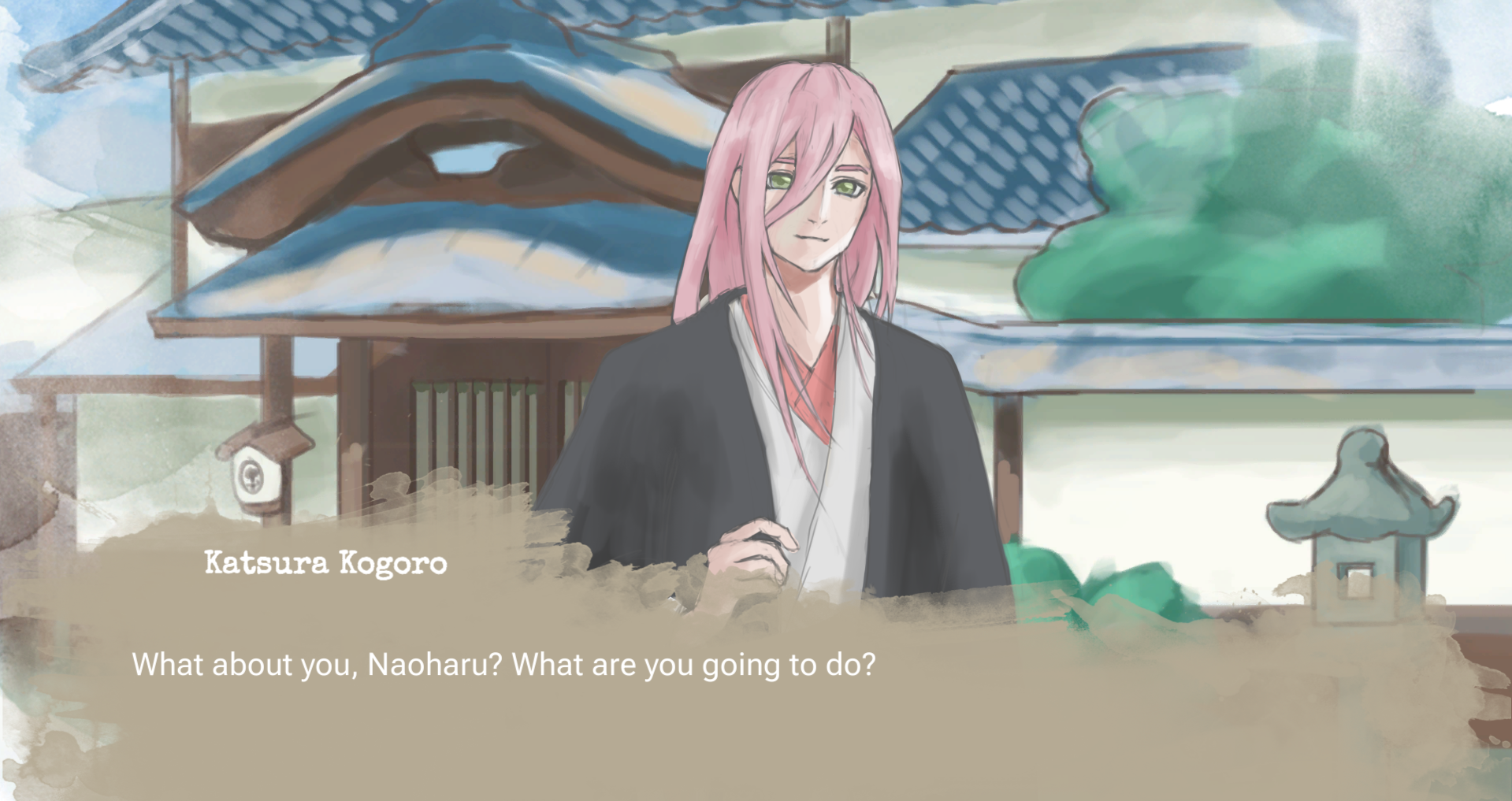
GUIDE TO VIDEO GAME AND INTERACTIVE NARRATIVE ASSIGNMENTS
Introduction
A branching narrative game (also called a “text adventure” or a “choose your own adventure”) is exactly what it sounds like: a game in which the story branches into multiple paths. These story-rich games allow the player to choose how to respond to a given situation and then sends them down a different path based on their decisions. A huge range of popular games incorporate player choice into the story. Students may be familiar with some of these games and studios: Telltale Games Studio, Dragon Age, Life is Strange, Doki Doki Literature Club, Undertale, Pathologic, Disco Elysium, Firewatch, etc.
Why are Interactive Narratives Useful for Students and Educators?
Video games are a key feeder for History classes and interactive narratives are a key building block for video games. Many video games return to the same historical periods and places while also repeating dated ideas. Designing new interactive narratives provides a way to rethink the historical video game.
One excellent free tool for making interactive narratives is Twine. Since Twine is so popular among film and games writers, there are hundreds of tutorials online explaining how to use it. Additionally, there is a detailed user guide for students who want to dig deeper, and there are countless examples of finished games made with Twine.
For a comprehensive guide to using Twine to design text games see here. Two representative videos can be accessed below.
Goal of the Assignment
An interactive narrative assignment aims to develop students’ digital dexterities. These kinds of stories can utilize many of the same research, organization, and argumentation skills as a traditional essay, but it allows students to think creatively about ways to interact with history.
Wondering how this kind of assignment would fit in your class? Take a look at a sample assignment below.
Assignments
Students will be given two paths for this assignment: 1) a simple Twine story and 2) how to go above and beyond.
In both cases, we are assuming that students are using Twine for free. Students will NOT be expected to purchase any equipment or software to be successful in this assignment.
Some students will not be excited to use Twine.
They want to complete the assignment and get a good grade but have less interest in creative writing or are wary about learning the software. For these students, we have a step-by-step tutorial of how to produce a simple story to get a good grade.
Other students will be excited by the chance to work with Twine.
For these students, we will encourage them to learn more about the simple programming Twine uses and make more complex stories. There are hundreds of tutorials available online to help these students go further.
Examples
You can make all sorts of games with Twine. Below are a few examples to give you some ideas.
A short game about mental strength and kindness.
A short horror story with 5 endings about a childhood sleepover.
Browse more examples.
